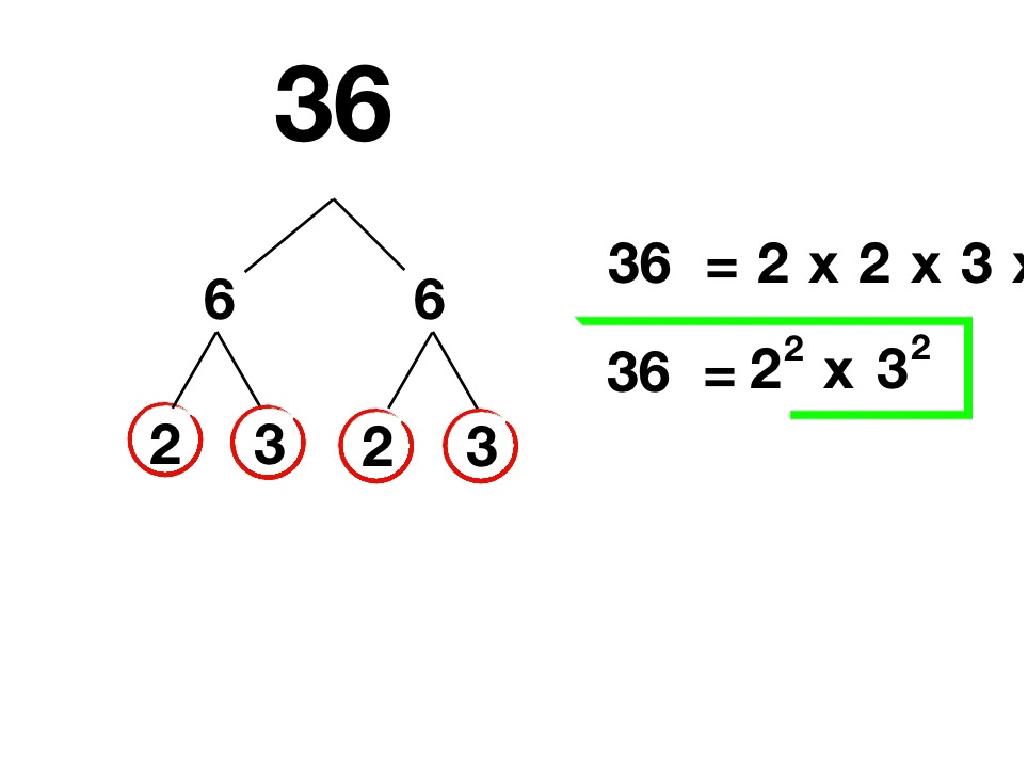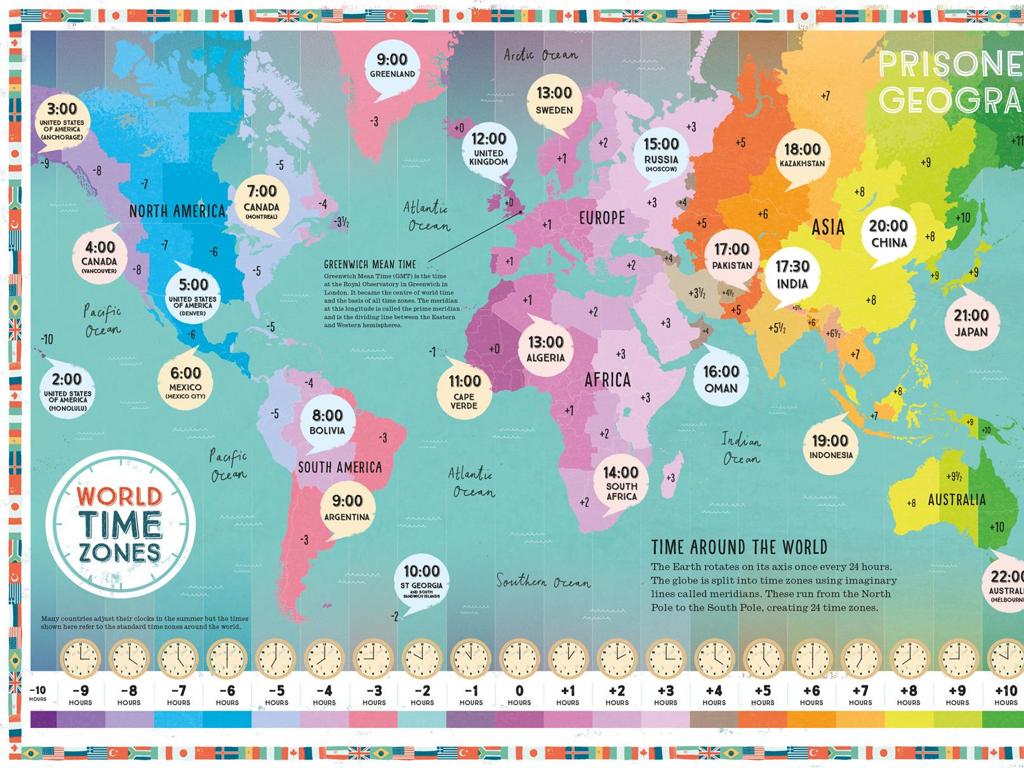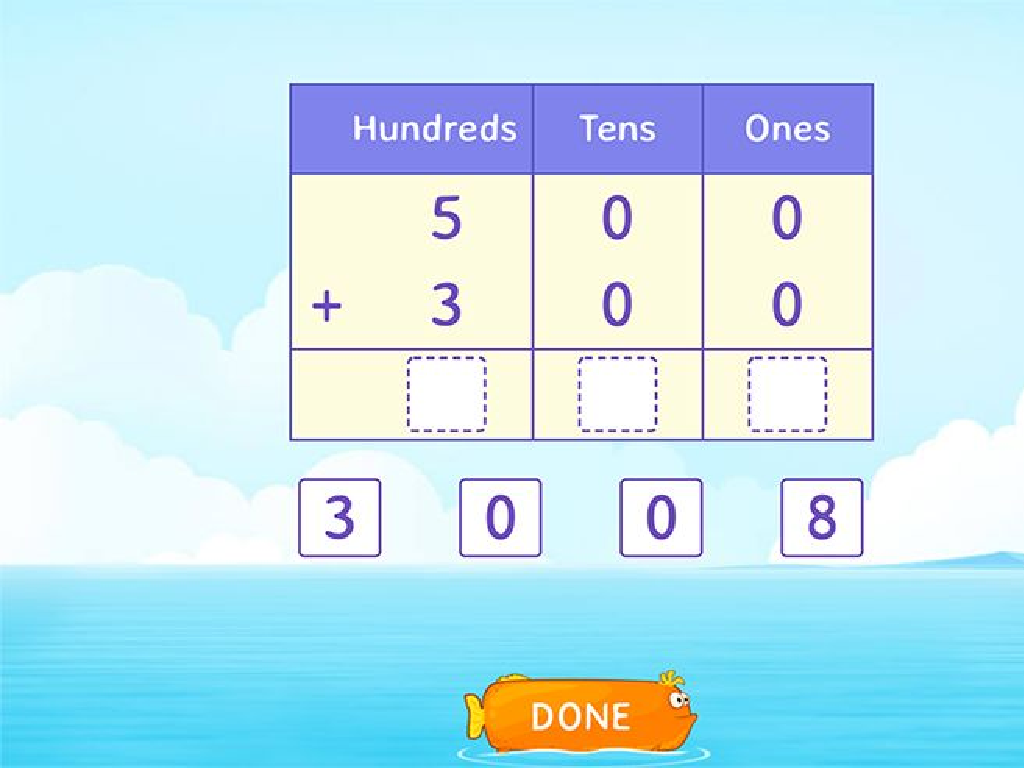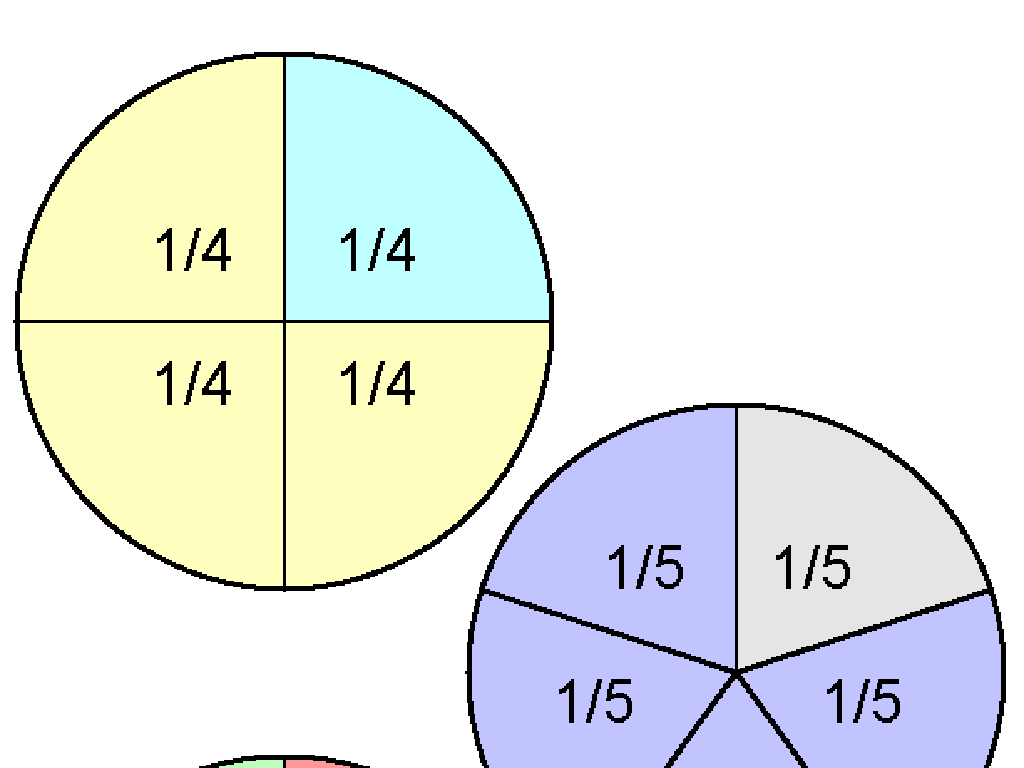Art Of The Islamic World 640 To Now
Subject: Arts and humanities
Grade: High school
Topic: Art History
Please LOG IN to download the presentation. Access is available to registered users only.
View More Content
Introduction to Islamic Art
– Cultural & historical significance
– Islamic art reflects rich cultural heritage and religious influences.
– Artistic diversity across regions
– From the Middle East to North Africa and Europe, Islamic art varies greatly.
– Evolution from 640 to present
– Islamic art has evolved, maintaining core principles while adapting over time.
– Influence on global art forms
– Elements of Islamic art can be seen in various modern and global art styles.
|
This slide introduces students to the vast and intricate world of Islamic art, emphasizing its cultural and historical importance. It’s crucial to convey that Islamic art is not monolithic; it varies across different regions and periods, influenced by local cultures and historical events. From its beginnings in the 7th century to its current forms, Islamic art has maintained certain core aesthetics and principles while also adapting to new contexts. Discuss the spread of Islamic art and its influence on other art forms, encouraging students to explore its global impact. Provide examples like the use of arabesque patterns in Western architecture or the influence of calligraphy in contemporary graphic design.
Defining Islamic Art
– Understanding Islamic Art
A diverse range of art forms developed in the Islamic world from 640 AD to present.
– Key Characteristics
Calligraphy for sacred texts, geometric patterns symbolizing infinity, and arabesque representing nature.
– Influence of Religion
Islam’s aniconism shaped art to avoid depicting figures, focusing on non-figurative elements.
– Significance in Culture
|
Islamic art is not just religious art, but includes all art forms produced in the Islamic world. It is characterized by certain aesthetic principles such as calligraphy, which is considered the highest form of art due to its use in transcribing the Quran. Geometric patterns and arabesque designs are also central, reflecting the Islamic view of an infinite universe and the importance of unity and order. The role of religion is significant as it has guided the development of these art forms, with an emphasis on non-figurative art due to the prohibition of idolatry. This slide will introduce students to the foundational concepts of Islamic art, setting the stage for further exploration of its various forms and historical developments.
Historical Context of Islamic Art
– Timeline of Islamic dynasties
– From the Umayyad to the Ottoman Empire
– Key events shaping Islamic art
– Crusades, Mongol invasions, trade routes
– Geographic spread of Islamic art
– From the Middle East to North Africa, Europe, and Asia
– Influence on regional art styles
– Adaptation and integration of local artistic traditions
|
This slide aims to provide students with a foundational understanding of the historical development of Islamic art from 640 AD to the present. Begin with a brief overview of the major Islamic dynasties, highlighting the Umayyad, Abbasid, and Ottoman empires. Discuss how significant events, such as the Crusades and Mongol invasions, as well as the establishment of extensive trade networks, played a pivotal role in shaping Islamic art. Emphasize the spread of Islamic art beyond the Middle East, reaching North Africa, Europe, and Asia, and how it influenced and was influenced by local art styles. Encourage students to consider the impact of historical context on artistic expression and the exchange of cultural and artistic ideas across regions.
Key Art Forms in Islamic History
– Islamic Architecture
– Mosques, palaces, and forts with intricate designs
– Decorative Arts
– Carpets, pottery, and metalwork with geometric patterns
– Manuscripts
– Illuminated Qur’ans and literature with calligraphy
– Cultural Significance
|
This slide aims to introduce students to the rich and diverse art forms that have been prominent in the Islamic world from 640 to the present. Islamic architecture is renowned for its grandeur and intricate ornamentation, exemplified by mosques, palaces, and forts. Decorative arts in the Islamic world are notable for their intricate geometric patterns and craftsmanship in carpets, pottery, and metalwork. Manuscripts, particularly illuminated Qur’ans and literary works, showcase the artistry of calligraphy and the importance of the written word in Islamic culture. The cultural significance of these art forms lies in their ability to convey the values, beliefs, and aesthetics of Islamic societies throughout history. Encourage students to explore the symbolic meanings behind the art forms and consider the influence of Islamic art on global art history.
Iconic Examples of Islamic Art
– The Alhambra’s grandeur
– A fortress complex epitomizing Moorish art in Spain
– Taj Mahal’s beauty
– An ivory-white marble mausoleum, symbolizing love and Islamic artistry
– Great Mosque’s architecture
– A stunning example of Islamic architecture with its forest of columns and double arches
– Influence on art & culture
|
This slide aims to introduce students to the grandeur and diversity of Islamic art through three iconic examples. The Alhambra, with its intricate geometric patterns and lush gardens, reflects the zenith of Moorish art in Spain. The Taj Mahal, often considered the pinnacle of Mughal architecture, showcases the Islamic emphasis on symmetry, calligraphy, and detailed inlay work. The Great Mosque of Córdoba, known for its hypostyle hall and distinctive arches, demonstrates the adaptability and innovation of Islamic architecture. Discuss the cultural and historical significance of these monuments and their influence on art and architecture worldwide. Encourage students to explore how these structures reflect the values and aesthetics of the Islamic world during their respective eras.
Influence and Legacy of Islamic Art
– Islamic art’s impact on the Renaissance
– Techniques and motifs from Islamic art were adopted in Europe during the Renaissance, such as arabesques and geometric patterns.
– Contemporary artists and Islamic inspiration
– Artists like Etel Adnan and Mona Hatoum draw on their heritage, incorporating Islamic aesthetics into their work.
– Islamic motifs in modern architecture
– The use of calligraphy, mosaics, and intricate patterns can be seen in buildings worldwide.
– Islamic art’s role in today’s design
– From fashion to home decor, Islamic art influences various design fields with its rich patterns and vibrant colors.
|
This slide aims to highlight the enduring influence and legacy of Islamic art from its historical impact on the Renaissance to its presence in contemporary art and design. Discuss how Islamic art contributed to the development of Renaissance art through the introduction of new artistic techniques and aesthetics. Highlight contemporary artists who incorporate elements of Islamic art into their work, showing the ongoing relevance and inspiration it provides. Explore the incorporation of Islamic art into modern architecture, such as the use of geometric patterns and calligraphy. Finally, discuss how Islamic art continues to influence various fields of design, emphasizing its timeless beauty and cultural significance. Encourage students to explore and identify Islamic art influences in their surroundings.
Class Activity: Crafting Geometric Patterns
– Create your own geometric pattern
– Gather paper, ruler, compass, pencils
– Share your design with peers
– Discuss the patterns in class
|
This activity allows students to apply their knowledge of Islamic geometric patterns by creating their own designs. Provide students with paper, rulers, compasses, and colored pencils. Encourage creativity while also emphasizing the use of precise measurements to create accurate geometric shapes, a hallmark of Islamic art. After completion, students will share their designs with the class, fostering a discussion on the variety of patterns possible within the geometric constraints. Possible activities include creating patterns inspired by historical Islamic art, using mathematics to ensure symmetry and balance, or even incorporating calligraphy for those with advanced skills. This hands-on experience will help solidify students’ understanding of the mathematical and artistic principles behind Islamic geometric patterns.

/postwar_america_transformation.jpg)




